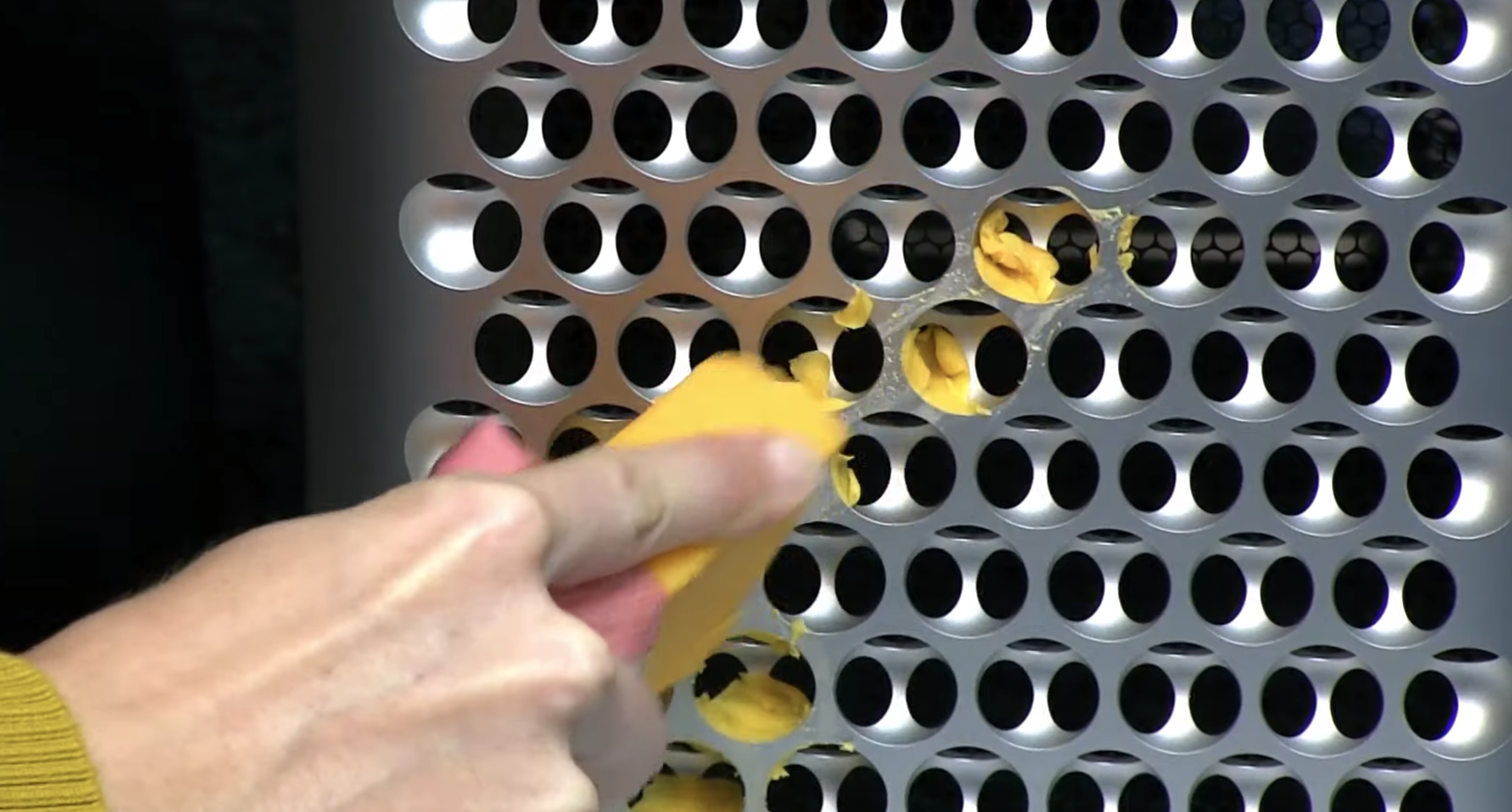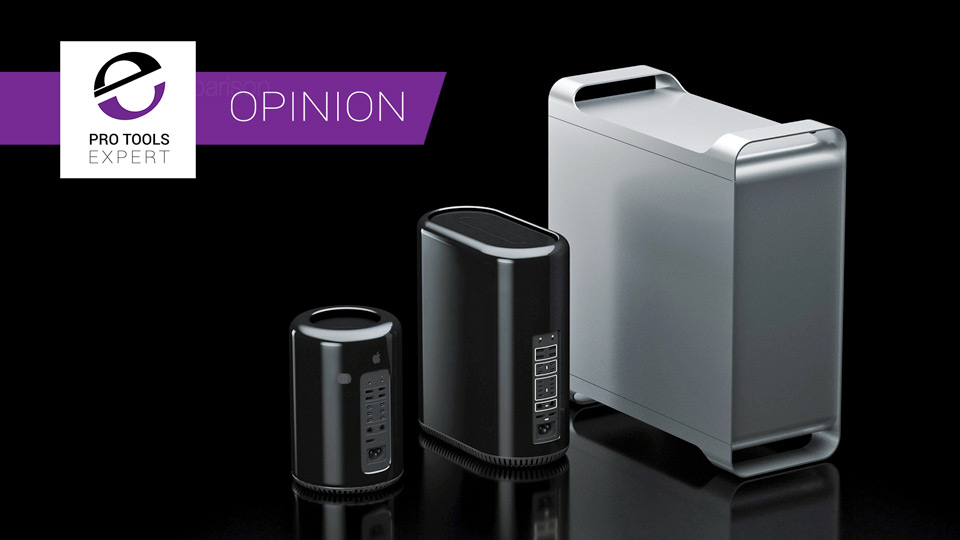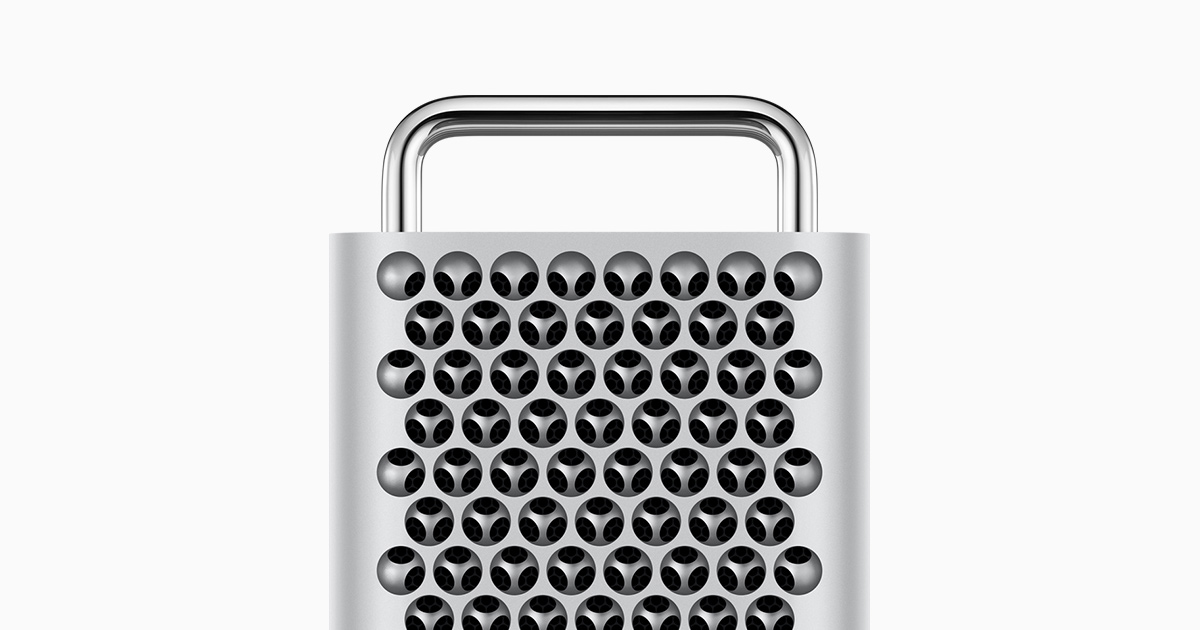
- #APPLE MAC PRO CHEESE GRATER UPGRADE#
- #APPLE MAC PRO CHEESE GRATER PRO#
- #APPLE MAC PRO CHEESE GRATER PC#
- #APPLE MAC PRO CHEESE GRATER MAC#
But if you can't add to the bus because there's no bus, there's no way to add ports.įlash storage isn't built into the M1 chip itself, but it is surface mounted onto the tiny logic boards that come with M1-based machines. If you can add PCI Express boards, you can add all manner of additional ports.
#APPLE MAC PRO CHEESE GRATER MAC#
So it's unlikely that the M1 architecture supports adding a bus, and that means all sorts of special purpose boards that were possible in Mac Pros are not possible in M1-based machines.
#APPLE MAC PRO CHEESE GRATER PRO#
Now, yes, the Pro and Max allow you to run a whole bunch of wholly capable internal GPUs, but you still don't have any flexibility.Īs far as we know, there's no M1 bus architecture, since it's all inside the chip. It doesn't allow you to change out the GPU. What you buy is what's on the silicon wafer. The M1 (whether the base model, the Pro or the Max) doesn't allow you to add RAM. It's not just the CPU (or CPUs), it's the RAM, the GPU(s), the neural processors - everything. Everything of consequence is built inside the chip itself. The M1 Apple Silicon is a system-on-a-chip (or SOC). Two of those characteristics are in direct conflict with the M1 architecture: configure it to do anything, and expand it as much as you can imagine. Let's reiterate what makes the Mac Pro DNA unique: you can configure it to do anything, make it as powerful as you need, and expand it as much as you can imagine - and do so with grace and ease.
#APPLE MAC PRO CHEESE GRATER UPGRADE#
Since all the Mac Pros (except the anomalous trash can) have been so flexible and so expandable, it has been possible to upgrade the units over time, giving them a much longer usable life than they would have had if they hadn't been expandable. You can see yourself grating some fine Tillamook cheddar on this, can't you? The key was that the Mac Pro removed the "what you can do with it" capability ceiling of the Mac and made the sky the limit.ĭon't deny it. In a sense, being brain-screamingly expensive seems like part of the Mac Pro DNA, but since many users are major film studios and labs, the price is not unreasonable. Note that when I talk about Mac Pro DNA, I'm not mentioning the price. Apple even returned to the PCI Express bus, although by then, later generations of PCI Express had become substantially more capable than what was in the 2006 original model. Expansion was back, as was Apple's brilliant industrial design for adding and removing components. In 2019, Apple created an homage to the cheese grater Mac Pro. For six years, the 2013 Mac Pro was stuck, primarily because Apple abandoned the "configure it to do anything" aspect of its DNA. You couldn't really upgrade the video cards. That was also the failure of the 2013 Mac Pro. The premise behind the Mac Pro was simple: you could configure it to do anything, make it as powerful as you needed, and expand it as much as you could imagine - and do so with grace and ease. In addition to the style notes, the 2006 through 2012 cheese grater designs offered a lot of drive bays for expansion, a lot of bus slots for expansion, a ton of RAM capacity, and - in what would be a hallmark of the Mac Pro's industrial design - mechanisms that made adding and removing those internal components smooth as butter. The first Mac Pro debuted in 2006 and introduced the immediately iconic cheese grater tower design.



One of the reasons that the product failed to excite was because it didn't really share true Mac Pro DNA. Let's for the moment leave out the circular 2013 Mac Pro "trash can" incarnation. There was always a little somethin'-somethin' that made Mac Pros special. We'll come back to that, because even in the Intel days, a random tower with a Xeon processor was not a Mac Pro. What defines a Mac Pro? Certainly, it's CPU power. To look at designing our next Mac Pro, let's look back at the earlier implementations. Given how capable the Mac Mini Pro is, and how it's possible to do some very big projects by ganging them together, what might a Mac Pro add? Why would someone need a Mac Pro, and what could such a machine do that a cluster of Mac Mini Pros couldn't? Certain big data projects could use a couple of racks of Mac Mini Pro boxes, talking over 10GB Ethernet, to map and reduce many parallel operations. Work that might not be possible with one Mac Mini Pro certainly could be done with a large array of them.
#APPLE MAC PRO CHEESE GRATER PC#
Instead of replacing a big old tower PC with an equally massive new one, why not choose one of these alternatives?Ī lot of very serious pro work can be done with that hypothetical Mac Mini Pro.
/cdn.vox-cdn.com/assets/3757497/IB3C0192-1024.jpg)
The best computers: Which desktop PC alternative is right for you?


 0 kommentar(er)
0 kommentar(er)
